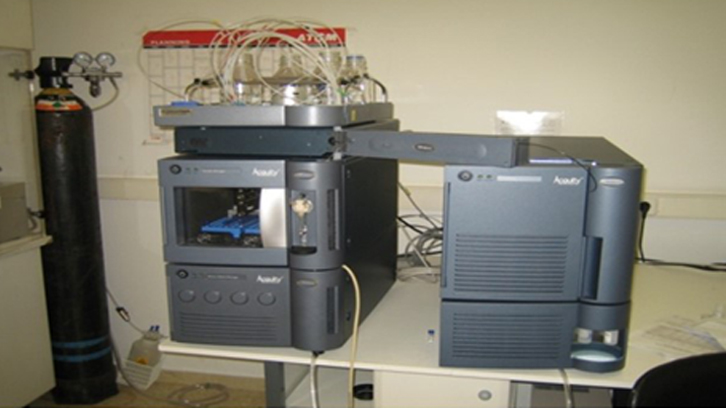How to improve the clinical impact of antibiotic therapeutic follow-up by measurement uncertainty

The results of the biological quantities measured in clinical laboratories may help in the diagnosis, prognosis, treatment and monitoring of diseases. Therefore, these results need to be as accurate as possible in order to prevent incorrect clinical decisions being made. All the results obtained in the laboratories are subject to errors that give rise to doubts as to what the true results of the measured quantities are really. In the field of metrology, the estimation of the measurement uncertainty allows us to know the degree of doubt of a result and, consequently, the accuracy of it.
Osteoarticular infections are a recognized health problem, which is why selecting the right antibiotic treatment is one of the main pillars of current antimicrobial therapy. Factors involved in therapeutic failure are the increased prevalence of Gram negative bacteria with a decreased sensitivity to β-lactam antibiotics, in which the usual treatment guidelines may result in subtherapeutic plasma concentrations of the drugs favouring development of resistances.
Currently the therapeutic is focused on new strategies based on: 1) the administration of already known antibiotics with alternative to the traditional (e.g. in continuous infusion), 2) the optimization of different pharmacokinetic and pharmacodynamic parameters of the drug (e.g. the percentage of time during which the concentration of the antibiotic in the plasma stays above the minimum inhibitory concentration), and 3) setting the dose to reduce development resistance and improve treatment efficiency based on optimized parameters.
This work has proposed a model for calculating the uncertainty of measurement of the concentration results of different β-lactam antibiotics (aztreonam, cefepima, ceftazidima and piperacillin) in the plasma, and evaluated how it could influence the awareness of this uncertainty in dose optimization of these antibiotics given in continuous infusion in patients with osteoarticular infections. Uncertainty was estimated using the top-down approach and antibiotic concentrations were measured using UHPLC-MS/MS.
It was found that for the 4 antibiotics, the largest contribution to the uncertainty was attributable to calibration-bias, followed by imprecision in intermediate conditions and, finally, that associated with calibrator values. The uncertainties obtained varied from 16.5% to 28.8% depending on the antibiotic studied and its concentration in plasma. Once the uncertainty was known, we studied the possible effect of reporting antibiotic results as a single value (without uncertainty) or as a range of values (result + uncertainty) in 12 patients affected by infections caused by different bacteria. It was noted that in 4 of these patients there was a discordant situation when the laboratory reported the antibiotic result without or with uncertainty, so the clinician should have increased the antibiotic dose. These situations occurred when the result was very close to a cut-off value or a biological reference interval. In all other cases, the effect of reporting or not the uncertainty had no impact on clinical decision-making.
1. Departament de Bioquímica i de Biologia Molecular, UAB
2. Laboratori Clínic, IDIBELL, Hospital Universitari de Bellvitge
References
Rigo-Bonnin, R., Canalias,F., El Haj, C., González-Hernando, MC., Díaz-Troyano, N., Soldevila, L., Benavent, E., Murillo, O. (2020). Measurement uncertainty of β-lactam antibiotics results: estimation and clinical impact on therapeutic drug monitoring. Clin Chem Lab Med. 28;58(2):240-250. doi: 10.1515/cclm-2019-0621.

